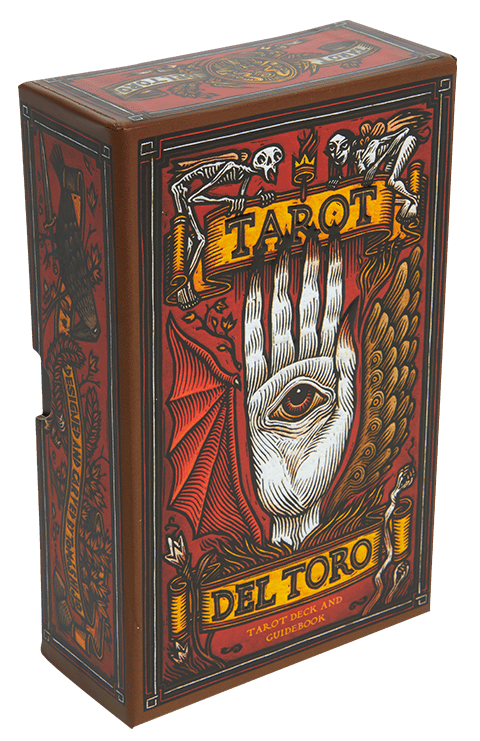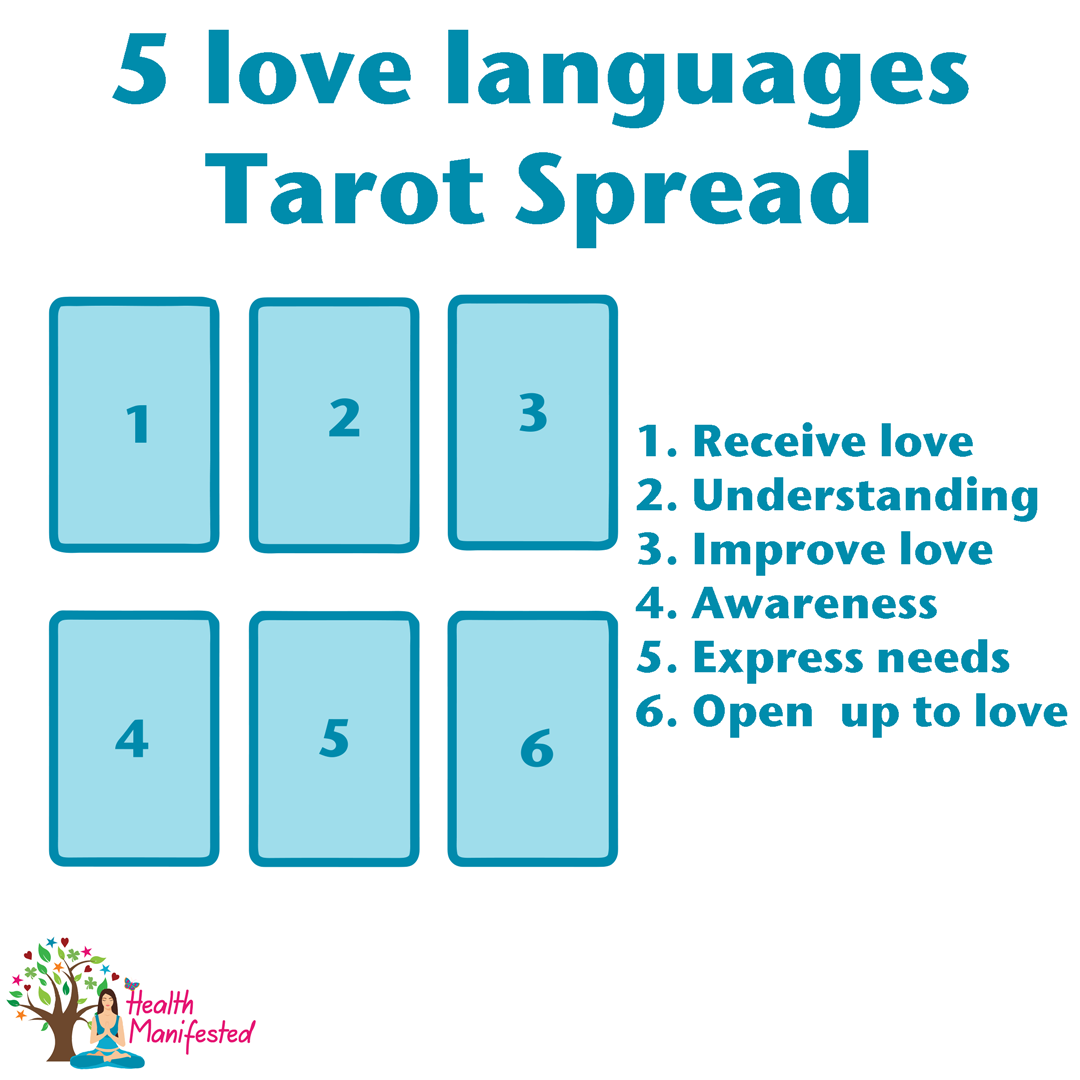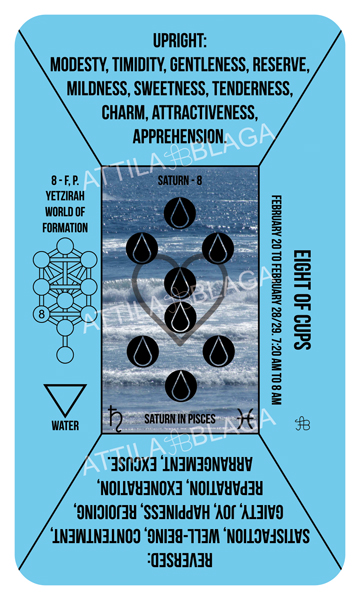
Tarot and playing cards are a great way to get started in tarot. Start by learning the basic spreads and following the guidelines in your book. Next, practice reading the cards. Have fun while you learn. You may be able to read tarot more seriously as your confidence grows. It's best that you keep the hobby as fun as possible.
Negative side
Tarot cards for seeking hidden knowledge are not a good idea. These actions are open to demon forces. They are a sign of a desire to be powerful and a rejection God's providential care for creation. Tarot cards are likened to throwing prewritten solutions into a hat when you want to gain knowledge.
Tarot cards may represent positive or negative events or people. Positive positions can be helpful in providing guidance and positive situations can represent favorable situations. Negative positions show what is not going right. This can create confusion for readers, who may feel their energy is skewed towards the negative.

In tarot, the Fool is represented by the Joker. The Fool represents infinite potential, taking significant risks, and the simultaneous beginning/end of a journey. The Fool is a powerful card. It is usually depicted as an innocent young man on a cliff. The Joker card can indicate which direction is correct or wrong. While it may be convenient to only use one Joker Card, it can also be useful to know the meaning of the card.
Four suits
The Tarot uses the four card suits as the representation of the four elements. Wikipedia claims that the suit of sword belongs to the element air. However, it is closer to the element fire. It is used as a symbol of the principle justice. Justice was traditionally the domain of the powerful.
Each suit includes court cards. The minor arcana in the Tarot have the court cards Page, Queen and King. A King is an older male and a queen is a female. Jacks on the other side represent a younger male and female.
There are many similarities among the four suits in the European Tarot. For example, the suits relate to the 4 elements of Ancient Greece. The four suits inspired Christian thought.

Fool
The Fool card encourages one to embrace his youthful, carefree spirit. This card can help you feel more alive and gives you the energy to enjoy life to its fullest. You can take chances, travel to new places and meet new people. The Fool also encourages that you meet your own needs.
The Fool represents that part of you that isn't finished. It could be trapped in the shadows, ignorance, and immaturity. This shadow of insecurity can keep us from fully responding to life's experiences. Often, this is due to a psychological attitude or emotional reflex. However, the reverse meaning of the Fool card can help us reclaim our innate truthfulness and instinct for taking action.
In a tarot interpretation, the Fool is often combined alongside the Hanged Man and the Star. Both cards share a strong contrast in their mortal nature and our intellectual and spiritual nature. Both of these cards can be credited with winning power. These cards can be useful in helping to determine where you need to make life changes.
FAQ
Is it possible making a living as a hobby?
Not necessarily.
But if your passion is to start a business, you might be able to make a lot of money.
For example, let's say you're a fan of cooking. You enjoy healthy food so you opened a restaurant.
You only offer organic meals from scratch. Customers pay a small charge to cover the cost of ingredients and labor.
You will eventually be able to grow your client base and hire people who are willing to work with you.
You may eventually add vegan dishes and gluten-free options to your menu.
This is how you have created a successful company that has enabled you to enjoy the lifestyle you desired.
Of course, this doesn't mean you must give up your day job.
You could, instead, run your restaurant while also maintaining your regular 9-5 work schedule.
What is a hobby for kids?
A hobby for kids is any activity they like to do as part of their normal daily routine. Some kids like to build things, draw, paint, write, or play with toys.
Many parents worry that their kids will get into trouble when they're free to do what they want. This is not necessarily true. They won't get into trouble if your child is safe and does not cause harm to others or themselves.
It is important to keep in mind that just because someone likes something, doesn't mean they will choose it every time. They might decide to draw instead of write if they enjoy drawing pictures.
There are many types of hobbies. It's up to you to choose one that you really enjoy.
What are competitive hobbies, you ask?
Competitive sports include running, swimming, cycling, golfing, tennis, etc.
They're a great way to get social interaction and are enjoyed by those who love physical activity.
If your hobby is physical activity, chances are that others share it.
This could be as simple as joining a sports club where you play regularly together.
Participating in group games, which involve playing alongside others, is another option.
These include football (soccer), cricket, rugby, netball, basketball, hockey, baseball, volleyball, badminton, squash, handball, and table tennis.
There are many kinds of competition.
Some competitions are only for recreational purposes.
Others are designed to test the skill of competitors.
Yet, there are others that reward exceptional performance.
In these cases, winners receive prizes.
Other competitions are meant to test competitors' strength and stamina.
These are endurance events.
For example, marathon races, triathlons, Ironman Triathlon, etc.
Athletes train hard before they compete in these events.
They will adhere to a strict training program that prepares them mentally as well as physically.
They might also have to travel for preparation.
It's important not to forget that not all athletes are able to compete in every type event.
What is the cost of a hobby?
Time is all that's required to make a hobby a success. If you are serious about your hobby it could take years before you achieve your goals.
One thing can help you. It's called "passion." If you are passionate about what you do, it will be easier to work hard and make progress.
It is possible to become addicted once you begin putting in the work. This is when the real fun begins. Because you are enjoying what you are doing and are constantly improving. So by the end of the year, you will probably have made quite an improvement.
Do not worry about the time it takes. You can just try it. You may be surprised.
What are some good hobbies ideas?
Doing something you enjoy is the best hobby. If you love what you do then you'll find it much easier to keep going. If you don't feel well or tired, you will always have an excuse!
The hobbies we all love are gardening, painting and crafting, photography.
Volunteering could be a great option.
Perhaps you want something more adventurous. Why not take up scuba diving, rock climbing, sky diving, bungee jumping, white water rafting, sailing, surfing, canoeing, kayaking, horse riding, zip lining, hang gliding, paragliding, skydiving, snowboarding, skiing, mountain biking, hiking, camping, fishing, hunting, archery, shooting, clay pigeon shooting, target shooting, golf, tennis, swimming, snorkeling, windsurfing, waterskiing, kitesurfing, wakeboarding, standup paddle boarding, hang gliding, parasailing, hot air ballooning, paragliding and many more.
You can spend your time outdoors in many different ways, including spelunking, snowshoe hiking, snowshoe hiking and more. These include caving.
Statistics
- This 100% accurate personality-analyzing hobby quiz discovers your passion based on your characteristics. (quizexpo.com)
- Almost 80% of people claim to have no hobby. (hobbylark.com)
- I am 100% biologically a woman (discover.hubpages.com)
- A new survey by Pew Research Center of teens ages 13 to 17 finds that 36% of girls feel tense or nervous about their day every day; 23% of boys say the same. (pewresearch.org)
- 37% Video Games 36% Travel 36% Health and Fitness (quizexpo.com)
External Links
How To
How to start gardening
Gardening is one among the oldest forms. It requires persistence, patience, and determination. The first step in starting your own garden is choosing a location where you want to grow food. It could be large land, or just your backyard. Next, select the kind of plants that are most appealing to you. Do you prefer flowers or vegetables? Some people enjoy growing herbs and others prefer raising livestock like rabbits. Before you decide which crops you will plant, consider the amount of space you have. You might consider growing berries or fruits if you live in a cold climate.
Once you have selected the plants you wish to plant, you should prepare your soil. How your plants perform is dependent on how well the soil you use. Organic matter is essential for the health and well-being of your plants. Organic matter includes leaves, twigs (grass clippings), manure, compost, and manure. You need nutrients to your soil after you have prepared it. You may need different amounts depending on what type of plants you are trying to grow. An online fertilizer calculator can help you calculate these values. There are many fertilizers on the market, so ensure you understand what you are buying.
After you have prepared your soil, and added the correct nutrients, you will need to wait until your seed germinates. The process takes between 2 weeks and 3 months depending upon the climate in your area. Once the seeds have sprouted you will need to water them often. Watering your plants too little or too often can cause problems. Overwatering can cause problems. Overwatering can result in root rot, fungal diseases, and even death. Consider that plants generally need less water in the warmer months than they do in winter. Remember that some plants require drying out after being watered. For example, tomatoes need to stay slightly moist but not wet. They won't tolerate soggy soil. After the flowers have stopped, they must go into dormancy. Dormancy is when plants stop producing new growth and begin storing energy for the next season's harvest. Dormancy occurs when the plant stops sending signals that tell its roots to produce food. Throughout this period, the plant stores energy. The plant will eventually die if it is not given enough sunlight or temperatures below freezing.
You may be limited in what plants you can grow if you live in an urban area. Concrete sidewalks and roads, as well as parking lots, are common in urban areas. This blocks sunlight from reaching the ground. Concrete absorbs light and prevents soil below from getting sufficient sun exposure. This is why many plants cannot thrive in cities. Many plants can still thrive in urban settings. Many perennials, trees, and shrubs are able to adapt to urban living. Many annuals can be grown indoors, too, in containers. You can grow fresh greenery year-round in containers.
Now that you have decided where to place your garden, chosen what you will grow, and prepared your soil, you are ready to plant!